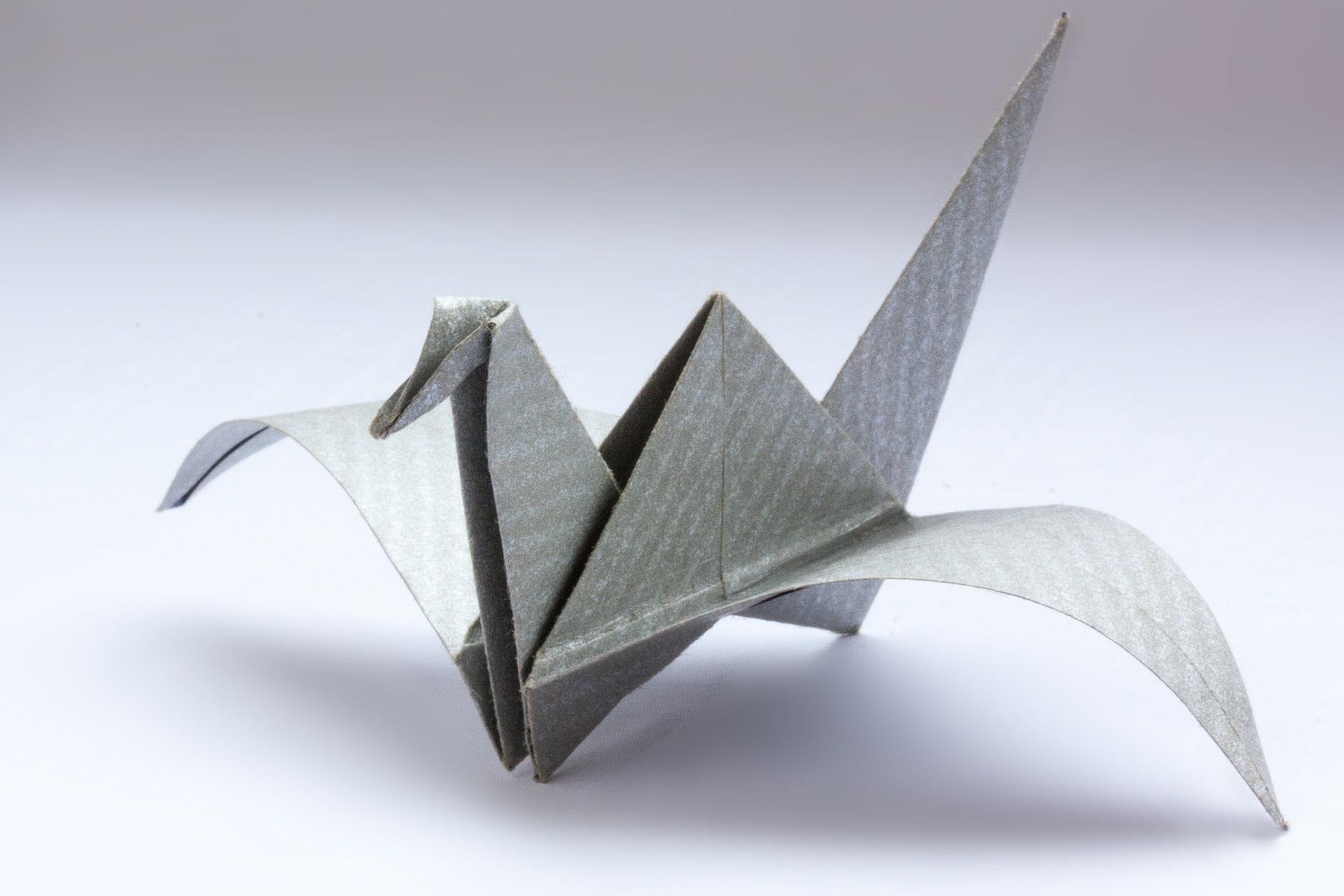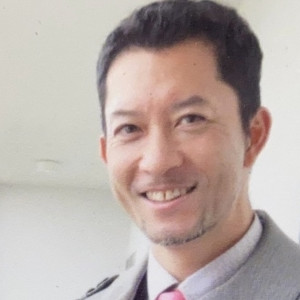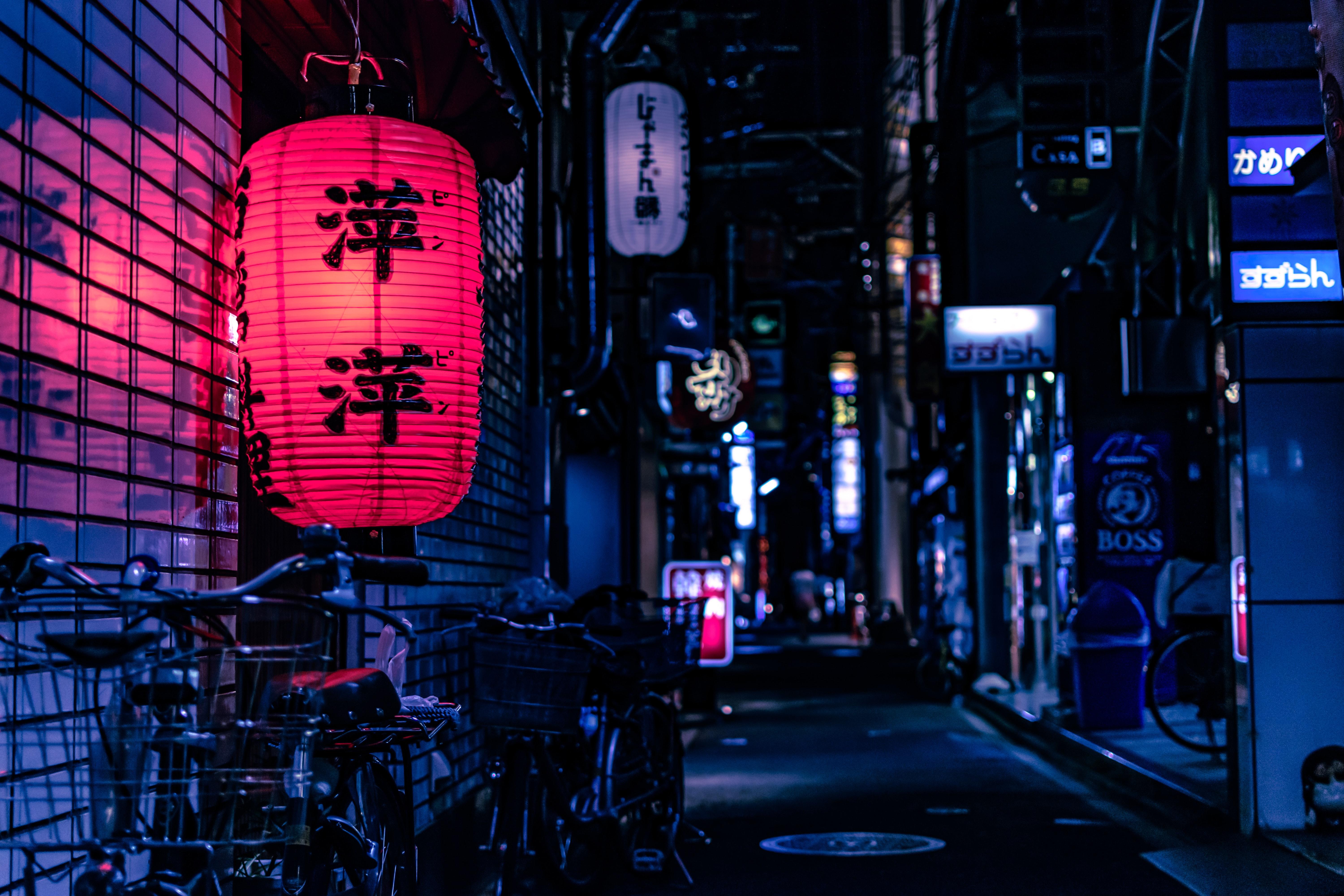Chapters
To say that origami is strictly Japanese art would be misleading; plenty of other cultures know how to make origami.
For instance, children around the world routinely tempt fate with a fortune teller and send paper aeroplanes soaring. More than one paper boat has floated across bodies of water big and small, carrying with it the wishes of the child who launched it.
Perhaps you’ve folded such things yourself.
Origami, literally ‘fold paper’, is just one of many Japanese words to describe paper art. Others include kirigami – ‘cut paper’ and kusudama, a modular origami ball consisting of many identical units glued or sewn together.
Kusudama’s literal translation is ‘medicine ball’. Their origins have been traced to ancient Japanese culture, when they most likely consisted of flowers or herbs and were burned as incense or displayed.
In spite of the vocabulary, to say that origami is synonymous with Japanese culture is to discount both origami and culture; after all, every culture has plenty of historical markers that are no longer relevant today.
The Japanese are a modern people and their society is, in many ways, a model of progress so to assume that the sum total of being Japanese is sitting around and folding origami is a bit unfair.
It also cheats western paper folders of acknowledgement for their contributions to the craft.
Really, the topic is not whether origami is strictly a Japanese art form – it’s not, but how much the ancient art of origami still impacts Japanese culture today.
Let’s get our exploring gear and head out to discover!

The History of Origami

It is safe to say that if paper had not been invented, there would be no paper craft.
That’s not to say that there was no such thing as thin sheets to write on and roll up before the Chinese politician Cai Lun’s discovery, around 105 CE, that long fibre pulp strained through cloth made very fine paper.
Papyrus, parchment and vellum predate paper by several millennia but they do not lend themselves well to folding, nor can they hold a shape for long.
We can say the same for cloth; even heavily starched, one cannot expect cloth folds to keep their given form.
So, whereas the art of folding certainly predates making paper, folded paper art was not established until some centuries later.
The Chinese, originators of this new style of paper, soon realised delicate artistic creations using paper but it took a couple more centuries for paper to arrive in Japan.
No one is really sure exactly when the Buddhist monk showed the Japanese emperor how to make paper but, by the Edo period (1603 to 1868), Japanese people were folding paper for fun, for training and for ceremonial events.
Meanwhile, elsewhere in the world, paper was becoming more widely used, especially in crafts for kids.
Learn more about the history of paper and how origami became associated with Japan...
What does Origami Symbolise?
Standard origami paper is square, often double-sided and comes in varying sizes but you can create origami out of any paper that will keep a crease.
Some people use a dollar bill to fold origami butterflies while others use chewing gum wrappers to make napkin holders, bracelets and Guinness Book of Records entries.
These types of paper are decidedly out of the norm for origami – it is doubtful that Washi paper comes in the same dimensions as a US dollar. Still, the passion for folding is obvious in these creations; why else would anyone bother folding them?
On the surface, one might say that such origami projects reflect the patience and perseverance of the artist.
On the other hand... do they have any cultural significance? Do they add value to a culture or provide aesthetic beauty?
Canada might be proud of their record-holding paper artist and holidaymakers might be happy to fold an origami shirt out of their leftover dollars but it is not likely that any of those works would be displayed in an art museum...

On the other side of the world, however, traditional origami models invoke both heritage and cultural standards.
In Japan, the culture of ‘cute’, kawaii, is pervasive.
From anime characters to their irrepressible love for cats, the Japanese revel in anything that appears childlike and charming.
It should then come as no surprise that you can find folding instructions online for a Pikachu, an anime creature that resembles a cat and is most certainly cute.
All cuteness aside, there is a much deeper symbolism present in Japanese origami: each of the origami animals traditionally associated with Japanese culture ties in with their Shinto beliefs.
For instance, their origami dragon represents a water god that can shapeshift into a human, while dragonfly symbolises power, courage and happiness.
What does an origami flower stand for? How about an origami crane... and what is the story behind folding a thousand cranes?
Take the time to learn the meaning behind the most traditional origami designs in Japan.
Why is Origami so Important in Japanese Culture?
If you had to name three qualities that best describe the people of Japan, what would you come up with?
We’re not promoting stereotypes here; many of the positive attributes we heap on Japan actually have their roots in fact.
Overall, Japanese people enjoy order.
From removing shoes before entering their home to having a place for everything and keeping everything in its place, it would be rare to find a dishevelled, disordered person in Japan.
That same attention to detail is one character trait that lends origami a special significance in the Land of the Rising Sun.
You might interpret it as a classic tale of whether following origami instructions as children caused such diligence or whether conscientiousness is a national characteristic that leads to a wealth of easy origami.
You can learn Japanese London here.

Japanese people have a tendency towards formality.
For the most part, gone are the days when a gentleman would tip his hat in greeting in our country but, in Japan, bowing is still very much the norm.
On the streets, subways and in boardrooms across that country, bowing is a sign of respect: the deeper the bow, the greater the veneration.
Bowing can be traced back more than 1,500 years, when the practice of bowing to deities was carried to Japan from other Asian countries.
From then, it became a Shogun’s signature, with ever more elaborate bows signalling the more accomplished fighters. Soon, everybody was bowing whether they were a warrior or not.
Bowing fell out of favour for a period but the practice was revived in the early 1600s, and ojigi (bowing) has been a staple of the Japanese culture ever since.
Oddly enough, it was during the time that the Shogun ruled Japan that origami folding became a cultural staple.
The more experienced warriors would teach young initiates how to make origami and then task them to fold ever more intricate designs. These exercises were both a test of discipline and an exercise meant to develop precision.
The exacting nature of paper origami demands the ability to visualise – unlike other visual arts, a blank sheet of paper gives few clues to what it could become and even fewer step instructions on how model it.
Fortunately for new initiates, these days, some brands of Japanese paper are printed with a crease pattern so that you will know if that sheet of paper is destined to become an origami bird, a cicada or a water bomb.
These are just two of the reasons why origami is important to the Japanese culture; can you think of a few more?
How to Make Simple Origami
After all this talk about Japanese culture and the art of paper folding that is often attributed exclusively to them, you may be keen to get started on your first paper art project... or did you want ideas for origami for kids?
Before you raid the paper pack by your printer, you should know that origami paper is thinner and more resistant to tearing than other types of paper. Still, if you are just starting out, any square piece of paper will do to practice your folds.
Go ahead and trim off the excess from your standard paper; we’ll wait.
Most likely, to arrive at square paper, you made a diagonal fold, so that the top of the page aligned with the side, right? You will have further use of diagonal folds the more you get into origami.
For now, fold your paper in half, as though you were closing a book; be sure to crease the paper well. Now open it; the resulting V is called a valley fold.
Now, rotate your paper 90 degrees, turn it over and again fold it in the same way, being mindful of your creases. Unfold the paper; the upside-down V is called a mountain fold.
Mountains and valleys are fundamental to every origami project, as are the pleat, crimp and reverse fold. You can start off with simple designs such as an origami heart or an origami star and then work your way up to more complex designs, ultimately incorporating tessellations and working your way up to 3D origami.
Now that you’ve gotten started we can’t wait to see all of the beautiful origami you will turn out once you learn how!
Send us an update, won’t you?
























